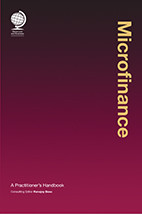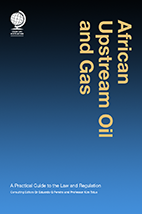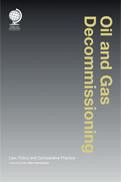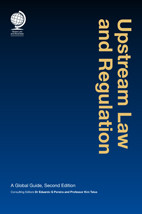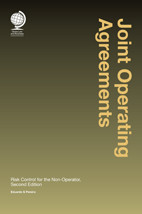
Consulting editor(s): Thomas Dimitroff, Infrastructure Development Partnership, and Troy Edwards, Allen & Overy LLP
Publication date: Nov 2017
Format: Hardback
Pages: 180
Price: £135.00
ISBN: 9781787420670
How our eBook platform works
How permanent access, multi-user eBooks work
Add to basket (UK and Europe)Click to buy (USA, rest of world)
Add to basket (UK and Europe)Click to buy (USA, rest of world)
Review for 'Risk and Energy Infrastructure':
Overall this book is an excellent exposition of the risks surrounding major energy infrastructure projects, and would be a useful addition to the reading list of anyone who is involved in the design, construction, operation or financing of these projects.
,
First published in 2011, 'Risk and Energy Infrastructure' (Vol I) provided an inter-disciplinary analysis of the project-specific risk factors facing cross-border oil and gas pipelines, together with risk allocation and mitigation methodologies. Our fully updated and comprehensive Vol II looks beyond oil and gas pipelines and considers energy infrastructure more broadly in several important respects:
- risk is examined in relation to gas and LNG infrastructure, oil transportation and refining, and low-carbon power production (eg, nuclear and renewable energy);
- risk analysis is expanded beyond project-specific risk factors and covers systematic risks (including economic sustainability, master planning, corruption, lack of public sector capacity and cyber-security) and other risk factors that arise in the development of any project which is part of a more complex value chain and/or interdependent with the success or failure of other matters or events;
- traditional assumptions underpinning project finance that focus on areas that are reflective of past events and experiences are challenged.
As political, social and technological landscapes become ever more complex, there is an increasing need to assess risk from a broader perspective and, in particular, against potentially disruptive events and developments (eg, climate change) which could act to undermine (or promote) entire energy or infrastructure sectors.
The book will provide a practical guide to energy infrastructure developers, legal and financing professionals, policy makers and academics.














